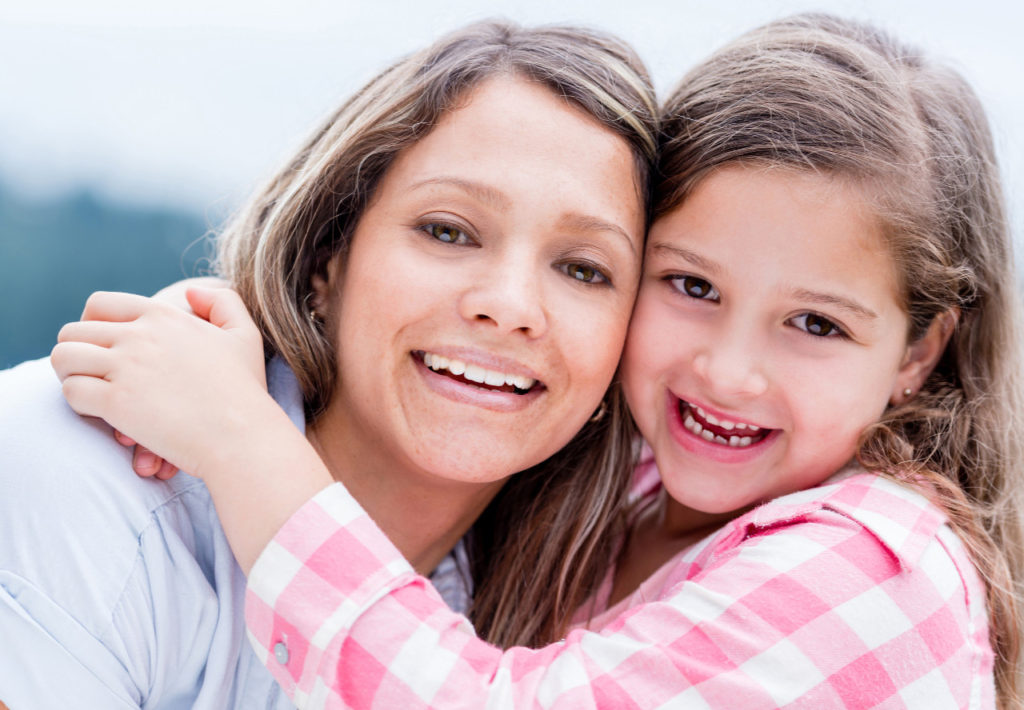Over the last several years, anxiety has ramped up in children and our society at large due to many factors including the pandemic, shifting back and forth between in-person and remote learning, general uncertainty, etc. For those who already had a level of anxiety before the pandemic, these have been especially hard times. Furthermore, for children with ADHD, autism, giftedness, or learning differences, anxiety is often present to varying degrees anyway. These diagnoses can be described under an umbrella term called “neurodiversity.” Neurodiversity is the idea that people experience and interact with the world around them in many different ways. There is no one correct way of learning, thinking, and behaving. In fact, differences are not viewed as deficits, but rather unique expressions of how each person is wired.
Being that anxiety is often a common thread or co-occurring condition among so many different diagnoses, it is worth exploring more about anxiety and creative approaches to help children and families cope with it. Anxiety can be explained as, “an overestimation of the problem and an underestimation of [oneself].” It is the sense that nope, this is too difficult or overwhelming and I just need to stop or not try.
Anxiety symptoms can include things like fidgeting; lightheadedness; body aches; nausea; dry mouth; heart pounding; dilated pupils or changes in body temperature; backache, headache, or stomachache; lack of sleep or rest; trouble relaxing; negative mood; difficulty concentrating; increased clinginess to parents; need for control; and/or tantrums or fighting more with parents or siblings.
Interestingly, 1 in 4 children had anxiety pre-pandemic, with girls being twice as likely to have anxiety. Now 1 in 3 children have anxiety. 75-80% of teens with anxiety disorder have another diagnosis and 35% of kids with ADHD have coexisting anxiety disorder. There are higher anxiety percentages for U.S. females (38%) than for males (26.1%). Knowing this, what can be done?
One of the best treatments for anxiety is Cognitive Behavioral Therapy (CBT), where a person identifies negative thoughts as well as the feelings and behaviors that reinforce these thoughts. This is often a very helpful form of therapy, but I find for young children creative expression is another very helpful means to explore and work through feelings such as anxiety.
There are many benefits to creative arts including the following:
- Increases dopamine levels and improves concentration
- Improves focus and reduces distractibility
- Elevates serotonin and reduces stress levels
- Improves executive function and motor skills
- Improves mindfulness, self-esteem, self-awareness, and self-expression
- Engages the mind, body, and spirit, and can lead to self-discovery of emotions
- Provides a non-verbal approach to communicate and express emotions
These benefits can occur within your child’s therapy process as they project their feelings onto paper, clay, paint, pipe cleaners, markers, etc. This gives the child a level of control over what they are feeling as they design or create in whatever way they like. Art-making can also provide some emotional distance from the emotional matter at hand. This supports the idea that a child’s challenges are not all within them; they can project them onto paper and change or process feelings from a safe distance. Creative arts provide a cathartic experience that may last a single time in therapy, or may be a significant part of their therapy process. The cool thing is the child gets to choose what they need in their healing and growing process!
Gains from creative arts do not have to be relegated to only the playroom. There are many creative ideas families can try at home too! Ways to encourage art at home include:
- Have access to art and craft materials like drawing or construction paper, crayons, markers, paint, cardboard, string, beads, glue, scissors, magazines, clay, etc.
- Color or draw with your child. You can do a joint coloring activity together.
- Sort and string beads on thread or pipe cleaners to create jewelry, shapes, characters, etc. to tell a story. The act of sorting materials is calming in itself.
- Use clay or sensory materials like Mad Matter, Fluffle, Kinetic Sand, etc. to engage in calming, sensory input with your child.
- Decorate a “worry box” where children can draw or write about their worries.
It is important to follow your child’s lead in an artistic activity. Honor your child’s feelings around their creation. Try to release judgment or uncertainty around the creative process and whether you consider yourself or be an “artist” or not. Art making is more about the process, than the product. Notice if a child finds these activities calming or if they need more physical assertion in the process, which may lend itself to something like drawing with chalk outside. Every child is unique so if their creativity is sports, music, or writing, explore these areas as well! Creative arts are just one of the many ways your child can explore their feelings and engage in self-expression.
If you find yourself needing more help, feel free to reach out to Dandelion Family Counseling. Our counselors are willing and ready to help support you and your child!
Resources:
- What to Do When Worry Takes Over (podcast) – Sissy Goff
- Breaking Free of Child Anxiety and OCD (book) – Eli Lebowitz
- Art Therapy ADHD Workbook for Teens (workbook) – Ramya Srinivasan
- CDC

